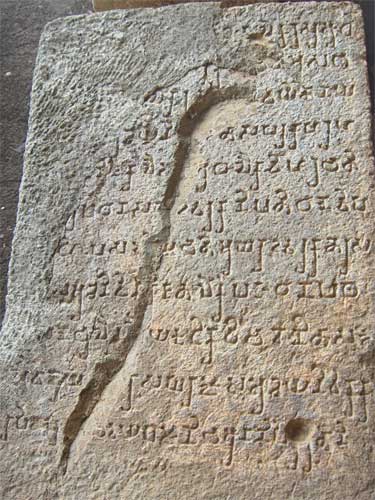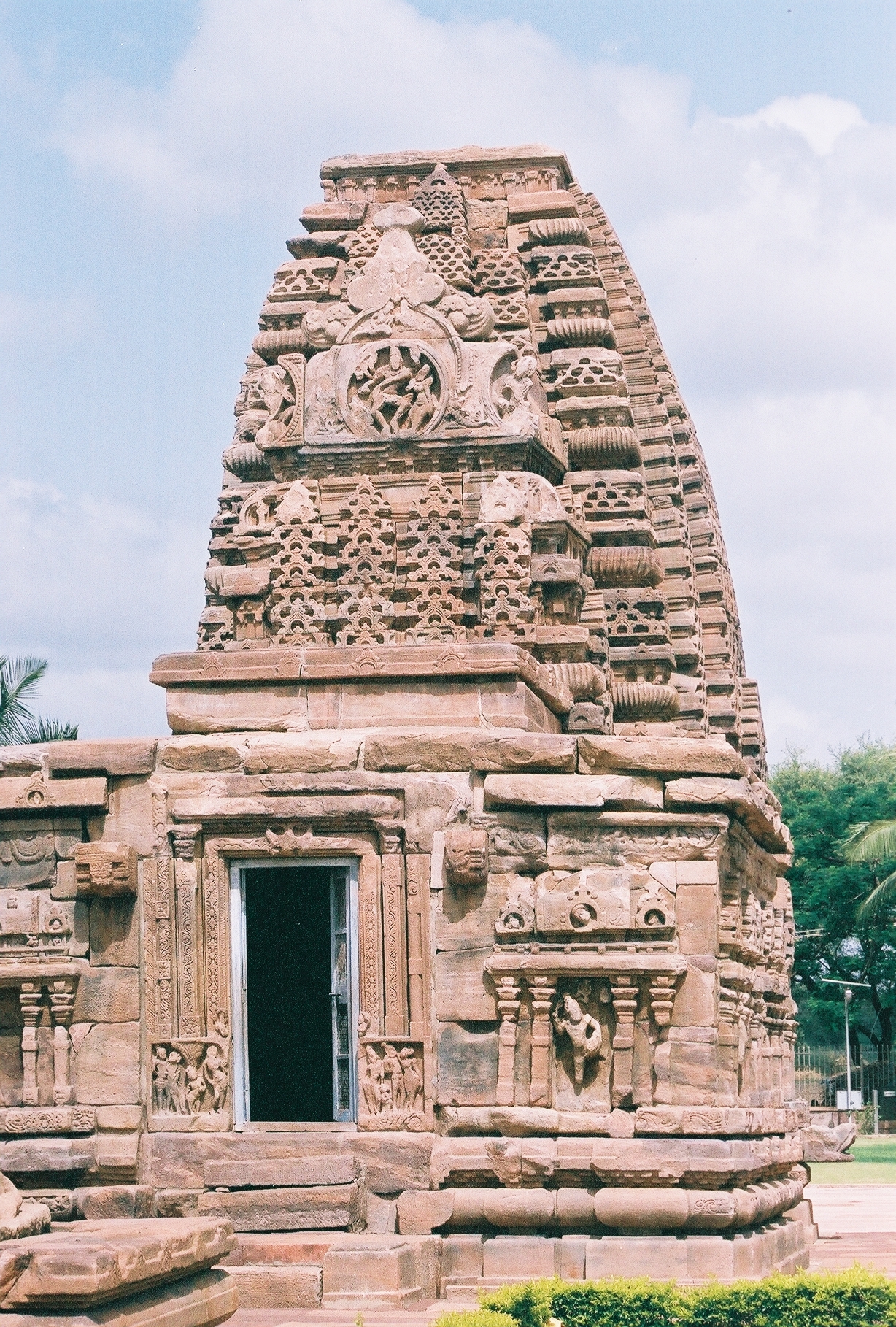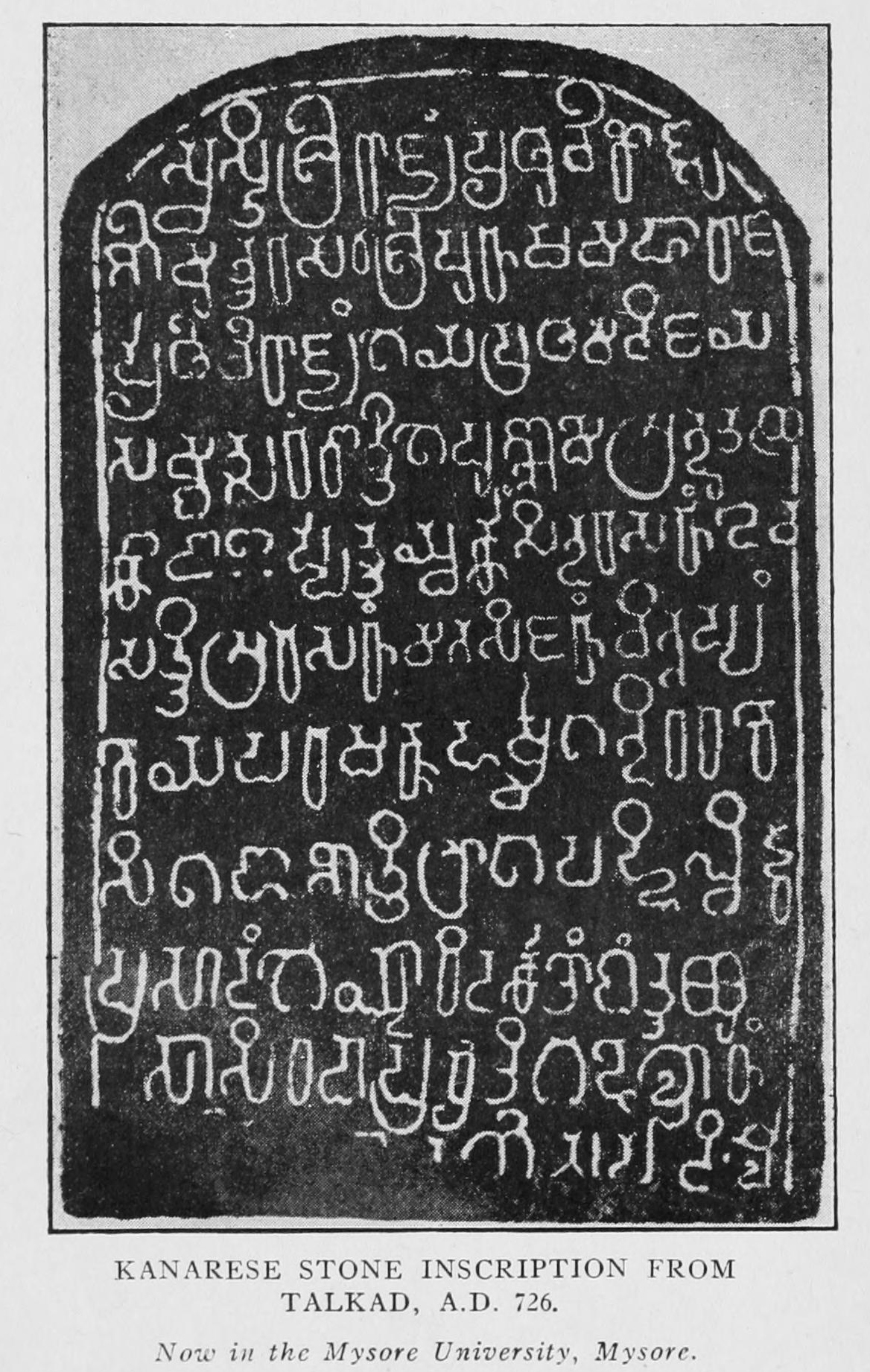|
аІ•аІЁаіЌаІЁаІЎ
Kannada () is a Dravidian language spoken predominantly in the state of Karnataka in southwestern India, and spoken by a minority of the population in all neighbouring states. It has 44 million native speakers, and is additionally a second or third language for 15 million speakers in Karnataka. It is the official and administrative language of Karnataka. It also has scheduled status in India and has been included among the country's designated classical languages.Kuiper (2011), p. 74R Zydenbos in Cushman S, Cavanagh C, Ramazani J, Rouzer P, ''The Princeton Encyclopedia of Poetry and Poetics: Fourth Edition'', p. 767, Princeton University Press, 2012, Kannada was the court language of a number of dynasties and empires of South India, Central India and the Deccan Plateau, namely the Kadamba dynasty, Western Ganga dynasty, Nolamba dynasty, Chalukya dynasty, Rashtrakutas, Western Chalukya Empire, Seuna dynasty, kingdom of Mysore, Nayakas of Keladi, Hoysala dynasty ... [...More Info...] [...Related Items...] OR: [Wikipedia] [Google] [Baidu] |
Kannada People
The Kannadigas or Kannadigaru (), often referred to as Kannada people, are a Dravidian ethno-linguistic group who natively speak Kannada, primarily in the south Indian state of Karnataka and its surrounding regions. The Kannada language belongs to the Dravidian family of languages. Kannada stands among 30 of the most widely spoken languages of the world as of 2001. After the Mauryas, parts of Karnataka were variously ruled by dynasties who were from the outside. One theory posits that the Vijayanagara Empire, one of the region's most renowned, was founded by Kannadigas who served as commanders in the Hoysala Empire's army stationed in the Tungabhadra region. The Kannada language has written inscriptions dating back as far as 450 CE. Kannada literature is mostly composed of treatises on various topics and poems on religious works. Kannada architecture is dominated by stone-carved sculptured palaces, temples and traditional wooden folk houses known as thotti mane and chowki man ... [...More Info...] [...Related Items...] OR: [Wikipedia] [Google] [Baidu] |
Arebhashe Dialect
Arebhashe (, ''ArebhДЃб№Јe''), or Aregannada or Gowda Kannada, is a dialect of Kannada mainly by Gowda communities in the regions of Madikeri, Somwarpet taluk, Somwarpet, and Kushalanagar, Kushalnagar taluks of Kodagu district, Coorg, Sullia and Puttur, Karnataka, Puttur taluks of Dakshina Kannada district, as well as Bandadka, Kasaragod District in the Indian state of Kerala. The language was recognized by the Karnataka State government and formed an academy in 2011 to preserve the culture and literature of the Arebhahse Region which is named as Karnataka Arebhashe Samskruthi mathu Sahitya Academy supported by then Chief Minister D. V. Sadananda Gowda. History Arebhashe has a history of approximately 500 years. According to linguistic scientists, it is very close to the Badaga language in the Dravidian language. There was a time when Vokkaliga Gowda came from Iguru and started living in Dakshina Kannada and Kodagu district, also Kasaragod District of Kerala State. They migrat ... [...More Info...] [...Related Items...] OR: [Wikipedia] [Google] [Baidu] |
Kannada Script
The Kannada script ( IAST: ''Kannaḍa lipi''; obsolete: Kanarese or Canarese script in English) is an abugida of the Brahmic family, used to write Kannada, one of the Dravidian languages of South India especially in the state of Karnataka. It is one of the official scripts of the Indian Republic. Kannada script is also widely used for writing Sanskrit texts in Karnataka. Several minor languages, such as Tulu, Konkani, Kodava, Beary and Sanketi also use alphabets based on the Kannada script. The Kannada and Telugu scripts share very high mutual intellegibility with each other, and are often considered to be regional variants of single script. Other scripts similar to Kannada script are Sinhala script (which included some elements from the Kadamba script), and Old Peguan script (used in Burma). The Kannada script ( ''akṣaramāle'' or ''varṇamāle'') is a phonemic abugida of forty-nine letters. The character set is almost identical to that of other Brahmic scripts ... [...More Info...] [...Related Items...] OR: [Wikipedia] [Google] [Baidu] |
Classical Languages Of India
The Indian Classical languages, or the ЕљДЃstrД«ya BhДЃб№ЈДЃ ''(Hindi)'' or the DhrupadД« BhДЃб№ЈДЃ (''Assamese, Bengali'') or the AbhijДЃta BhДЃб№ЈДЃ (''Marathi'') or the Cemmoбё»i (''Tamil''), is an umbrella term for the languages of India having high antiquity, and valuable, original and distinct literary heritage. The Government of India declared in 2004 that languages that met certain strict criteria could be accorded the status of a ''classical language of India''. It was instituted by the Ministry of Culture along with the Linguistic Experts' Committee. The committee was constituted by the Government of India to consider demands for the categorisation of languages as classical languages. In 2004, Tamil became the first language to be recognised as a ''classical language of India''. As of 2024, 11 languages have been recognised as ''classical languages of India''. Criteria In the year 2004, the tentative criteria for the age of antiquity of "classical language" was assu ... [...More Info...] [...Related Items...] OR: [Wikipedia] [Google] [Baidu] |
Karnataka
Karnataka ( ) is a States and union territories of India, state in the southwestern region of India. It was Unification of Karnataka, formed as Mysore State on 1 November 1956, with the passage of the States Reorganisation Act, 1956, States Reorganisation Act, and renamed ''Karnataka'' in 1973. The state is bordered by the Lakshadweep Sea to the west, Goa to the northwest, Maharashtra to the north, Telangana to the northeast, Andhra Pradesh to the east, Tamil Nadu to the southeast, and Kerala to the southwest. With 61,130,704 inhabitants at the 2011 census, Karnataka is the List of states and union territories of India by population, eighth-largest state by population, comprising 31 List of districts in India, districts. With 15,257,000 residents, the state capital Bengaluru is the largest city of Karnataka. The economy of Karnataka is among the most productive in the country with a gross state domestic product (GSDP) of and a per capita GSDP of for the financial year 2023– ... [...More Info...] [...Related Items...] OR: [Wikipedia] [Google] [Baidu] |
Western Chalukya Empire
The Western Chalukya Empire ( ) ruled most of the Deccan Plateau, western Deccan, South India, between the 10th and 12th centuries. This Kannada dynasty is sometimes called the ''Kalyani Chalukya'' after its regal capital at Kalyani, today's Basavakalyan in the modern Bidar district of Karnataka state, and alternatively the ''Later Chalukya'' from its theoretical relationship to the 6th-century Chalukya dynasty of Badami. The dynasty is called ''Western Chalukyas'' to differentiate from the contemporaneous Eastern Chalukyas of Vengi, a separate dynasty. Before the rise of these Chalukyas, the Rashtrakuta Empire of Manyakheta controlled most of the Deccan Plateau and Central India for over two centuries. In 973, seeing confusion in the Rashtrakuta empire after a successful invasion of their capital by the ruler of the Paramara dynasty of Malwa, Tailapa II, a feudatory of the Rashtrakuta dynasty ruling from Bijapur district, Karnataka, Bijapur region defeated his overlords and m ... [...More Info...] [...Related Items...] OR: [Wikipedia] [Google] [Baidu] |
Rashtrakutas
The Rashtrakuta Empire was a royal Indian polity ruling large parts of the Indian subcontinent between the 6th and 10th centuries. The earliest known Rashtrakuta Indian inscriptions, inscription is a 7th-century copper plate grant detailing their rule from Manapur, a city in Central or West India. Other ruling Rashtrakuta clans from the same period mentioned in inscriptions were the kings of Achalpur, Achalapur and the rulers of Kannauj. Several controversies exist regarding the origin of these early Rashtrakutas, their native homeland and their language. The Elichpur clan was a feudatory of the Badami Chalukyas, and during the rule of Dantidurga, it overthrew Chalukya Kirtivarman II and went on to build an empire with the Gulbarga region in modern Karnataka as its base. This clan came to be known as the Rashtrakutas of Manyakheta, rising to power in South India in 753 AD. At the same time the Pala Empire, Pala dynasty of Bengal and the Prathihara, Prathihara dynasty of Gurjara ... [...More Info...] [...Related Items...] OR: [Wikipedia] [Google] [Baidu] |
Chalukya Dynasty
The Chalukya dynasty () was a Classical Indian dynasty that ruled large parts of south India, southern and central India between the 6th and the 12th centuries. During this period, they ruled as three related yet individual dynasties. The earliest dynasty, known as the "Badami Chalukyas", ruled from Vatapi (modern Badami) from the middle of the 6th century. The Badami Chalukyas began to assert their independence at the decline of the Kadamba Dynasty, Kadamba kingdom of Banavasi and rapidly rose to prominence during the reign of Pulakeshin II. After the death of Pulakeshin II, the Eastern Chalukyas became an independent kingdom in the eastern Deccan Plateau, Deccan. They ruled from Vengi until about the 11th century. In the western Deccan, the rise of the Rashtrakutas in the middle of the 8th century eclipsed the Chalukyas of Badami before being revived by their descendants, the Western Chalukyas, in the late 10th century. These Western Chalukyas ruled from Kalyani (mo ... [...More Info...] [...Related Items...] OR: [Wikipedia] [Google] [Baidu] |
India
India, officially the Republic of India, is a country in South Asia. It is the List of countries and dependencies by area, seventh-largest country by area; the List of countries by population (United Nations), most populous country since 2023; and, since its independence in 1947, the world's most populous democracy. Bounded by the Indian Ocean on the south, the Arabian Sea on the southwest, and the Bay of Bengal on the southeast, it shares land borders with Pakistan to the west; China, Nepal, and Bhutan to the north; and Bangladesh and Myanmar to the east. In the Indian Ocean, India is near Sri Lanka and the Maldives; its Andaman and Nicobar Islands share a maritime border with Thailand, Myanmar, and Indonesia. Modern humans arrived on the Indian subcontinent from Africa no later than 55,000 years ago., "Y-Chromosome and Mt-DNA data support the colonization of South Asia by modern humans originating in Africa. ... Coalescence dates for most non-European populations averag ... [...More Info...] [...Related Items...] OR: [Wikipedia] [Google] [Baidu] |
Seuna (Yadava) Dynasty
The Seuna, Sevuna, or Yadava, Yadavas of Devagiri (IAST: Seuṇa, –1317) was a medieval Indian dynasty, which at its peak ruled a realm stretching from the Narmada River, Narmada river in the north to the Tungabhadra river in the south, in the western part of the Deccan region. Its territory included present-day Maharashtra, North Karnataka, northern Karnataka and parts of Madhya Pradesh, from its capital at Devagiri (present-day Daulatabad, Maharashtra, Daulatabad in modern Aurangabad district, Maharashtra, Chhatrapati Sambhajinagar district, Maharashtra). The Yadavas initially ruled as feudatories of the Western Chalukyas. Around the middle of the 12th century, as the Chalukya power waned, the Yadava king Bhillama V declared independence. The Yadavas reached their peak under Simhana, Simhana II, and flourished until the early 14th century, when it was annexed by the Khalji dynasty of the Delhi Sultanate in 1308 CE. Etymology The Seuna dynasty claimed descent from the Yad ... [...More Info...] [...Related Items...] OR: [Wikipedia] [Google] [Baidu] |
Western Ganga Dynasty
Western Ganga was an important ruling dynasty of ancient Karnataka in India which lasted from about 350 to 999 CE. They are known as "Western Gangas" to distinguish them from the Eastern Ganga Dynasty, Eastern Gangas who in later centuries ruled over Kalinga (historical region), Kalinga (modern Odisha and Northern Andhra Pradesh). The general belief is that the Western Gangas began their rule during a time when multiple native clans asserted their freedom due to the weakening of the Pallava empire in South India, a geo-political event sometimes attributed to the southern conquests of Samudra Gupta. The Western Ganga sovereignty lasted from about 350 to 550 CE, initially ruling from Kolar, Karnataka, Kolar and later, moving their capital to Talakadu on the banks of the Kaveri River in modern Mysore district. After the rise of the imperial Chalukya dynasty, Chalukyas of Badami, the Gangas accepted Chalukya overlordship and fought for the cause of their overlords against the Pal ... [...More Info...] [...Related Items...] OR: [Wikipedia] [Google] [Baidu] |
Kadamba Dynasty
The Kadamba dynasty were an ancient royal family from modern Karnataka, India, that ruled northern Karnataka and the Konkan from Banavasi in present-day Uttara Kannada, Uttara Kannada district in India. The kingdom was founded by Mayurasharma in , and at later times showed the potential of developing into imperial proportions. An indication of their imperial ambitions is provided by the titles and epithets assumed by its rulers, and the marital relations they kept with other kingdoms and empires, such as the Vakataka dynasty, Vakatakas and Gupta Dynasty, Guptas of North India, northern India. Mayurasharma defeated the armies of the Pallavas of Kanchi possibly with the help of some native tribes and claimed sovereignty. The Kadamba power reached its peak during the rule of Kakusthavarma. The Kadambas were contemporaries of the Western Ganga dynasty and together they formed the earliest native kingdoms to rule the land with autonomy. From the mid-6th century the dynasty con ... [...More Info...] [...Related Items...] OR: [Wikipedia] [Google] [Baidu] |





